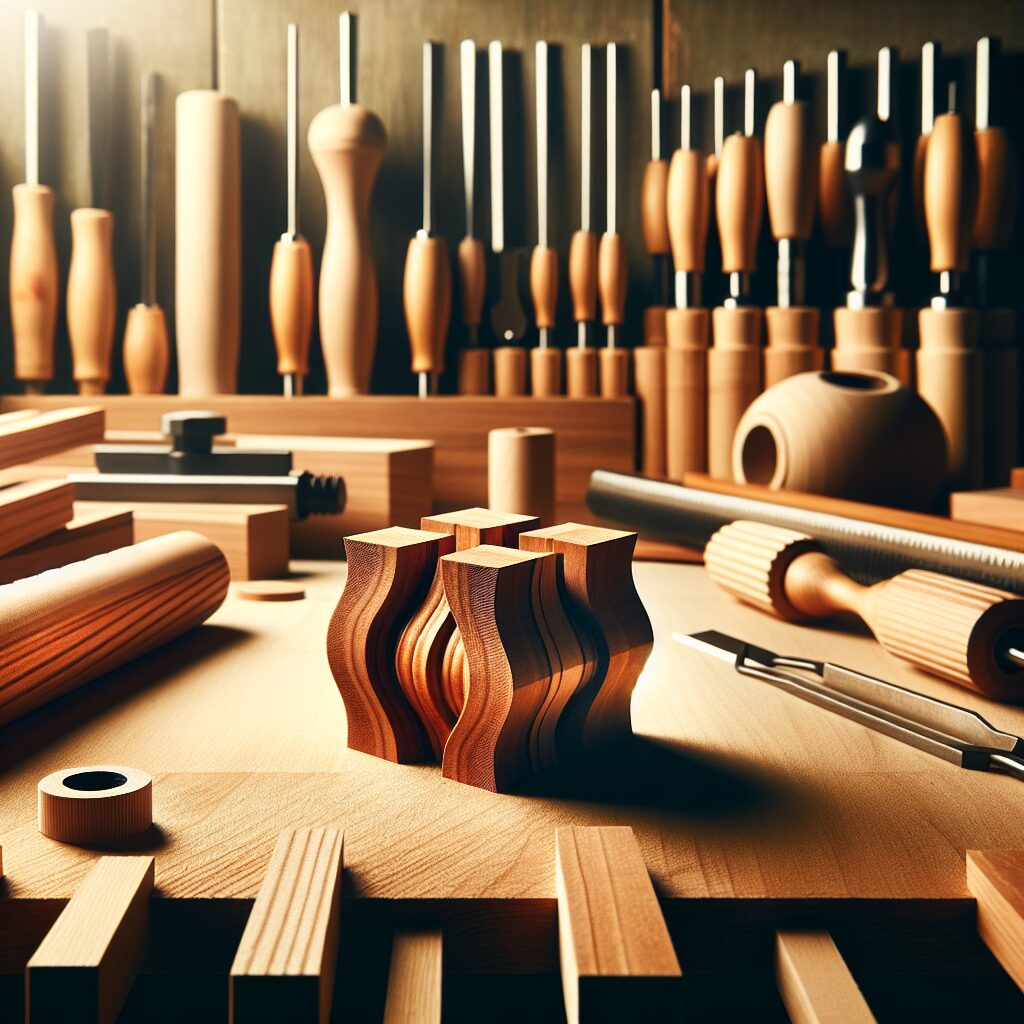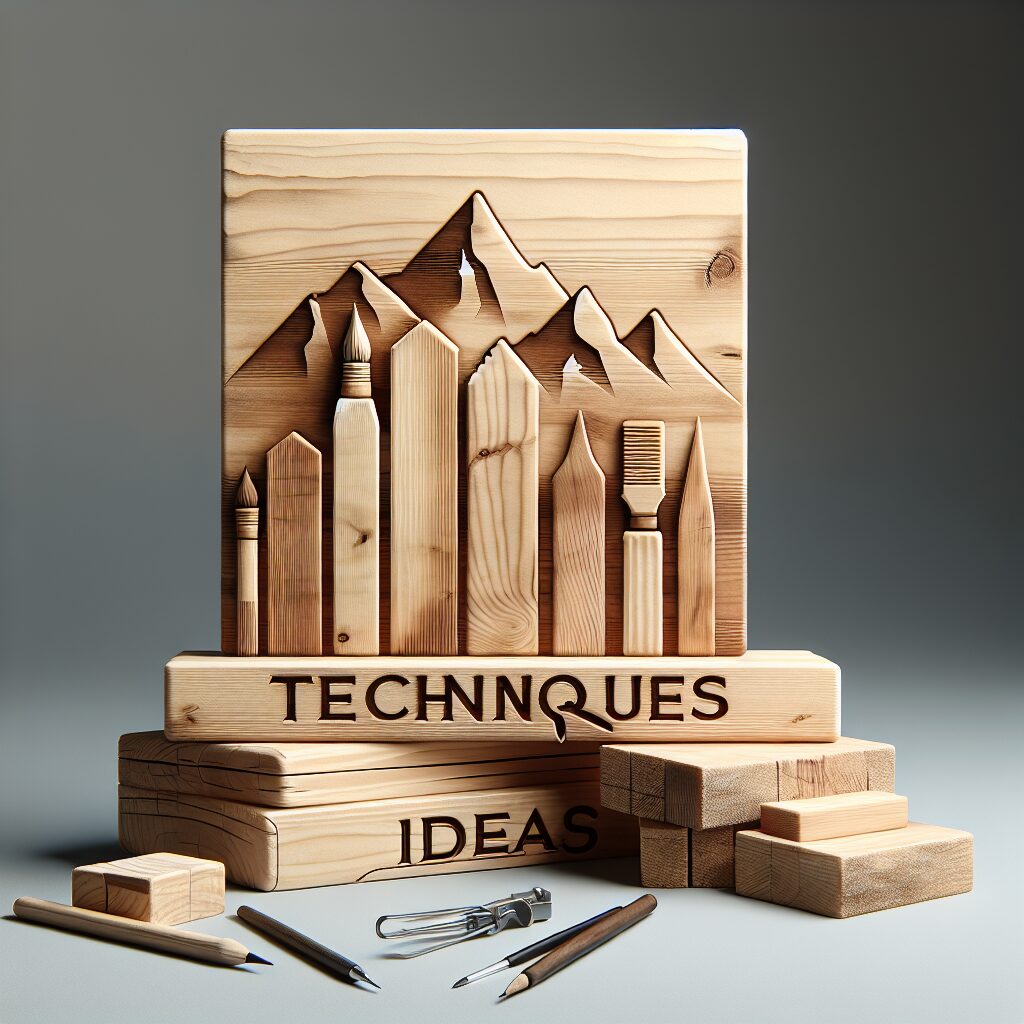Woodworking is a rewarding craft, whether you’re building custom furniture, crafting cabinetry, or shaping fine details in hardwood. But with all that sawdust, fumes, and fine particulates floating around, protecting your lungs isn’t just smart—it’s essential.
In this guide, we’ll explore everything you need to know about choosing the best respirator for woodworking, including the different types available, features to look for, and tips for proper use and maintenance.
Why You Need a Respirator for Woodworking
Working with wood often produces a wide range of airborne contaminants such as:
- Fine dust from sanding or cutting wood
- Toxic fumes from adhesives, varnishes, and solvents
- Mold spores in reclaimed or damp wood
Prolonged exposure can lead to serious health issues including respiratory irritation, asthma, and even lung disease. A quality respirator filters out harmful particles, protecting your lungs while allowing you to focus on your craft.
Types of Respirators for Woodworking
When shopping for a respirator, you’ll come across several options. Here’s how to choose the right one for your needs:
1. Disposable Respirators (Dust Masks)
- Best for: Light sanding, quick jobs, and small DIY projects.
- Example: N95 respirators.
- Pros: Lightweight, affordable, and easy to use.
- Cons: Not reusable; limited protection against fumes.
If you’re just cutting some plywood or sanding a small piece, an N95 mask might do the trick—but for long-term projects, upgrade to something sturdier.
2. Half-Face Reusable Respirators
- Best for: Regular woodworking, especially sanding and finishing.
- Features: Dual cartridge system, better seal, replaceable filters.
- Pros: Comfortable, cost-effective over time, better protection.
- Cons: Might fog up glasses; requires filter maintenance.
3. Full-Face Respirators
- Best for: High-risk environments with heavy dust or chemical use.
- Features: Covers eyes, nose, and mouth.
- Pros: Eye protection, superior seal, suitable for chemical exposure.
- Cons: Bulky, more expensive, less ventilation.
4. Powered Air-Purifying Respirators (PAPRs)
- Best for: Professional workshops and long-duration projects.
- Pros: Constant airflow, most comfortable over long periods.
- Cons: Expensive and overkill for casual woodworkers.
What to Look For in a Woodworking Respirator
✅ Filtration Rating
Look for NIOSH-certified respirators. The most common ratings include:
- N95: Filters 95% of airborne particles.
- P100: Filters 99.97% of particulates (best for woodworking).
✅ Comfort and Fit
A respirator won’t protect you if it doesn’t fit well. Choose one with:
- Adjustable straps
- Soft, comfortable face seals
- Low-profile designs for better visibility
✅ Replaceable Filters
Opt for a respirator with replaceable or interchangeable filters. This makes it more sustainable and adaptable to different tasks like sanding, painting, or varnishing.
✅ Compatibility With Safety Gear
Make sure your respirator works well with safety glasses, hearing protection, or hard hats, especially if you’re doing detailed work or using machinery.
Top Recommended Respirators for Woodworking
Here are some user-approved respirators that balance quality, price, and protection:
🥇 3M 7500 Series Half Facepiece
- Comfortable silicone face seal
- Dual filters for particulates and organic vapors
- Works well with eye protection
🥈 GVS Elipse P100
- Compact and lightweight
- Great for tight workspaces
- Offers high filtration in a low-profile form
🥉 Trend Stealth Air APF10
- Excellent for fine dust
- Easy filter replacement
- Stylish and ergonomic design
Tips for Using a Respirator Properly
To get the most out of your woodworking respirator, follow these best practices:
- Fit test it: Perform a seal check every time you wear it.
- Clean it regularly: Wipe down the facepiece after each use.
- Store it properly: Keep it in a sealed bag or container to avoid contamination.
- Replace filters: Don’t wait until you can smell fumes—follow manufacturer guidelines for replacement intervals.
FAQs About Woodworking Respirators
❓ Can I use a regular dust mask for woodworking?
For light sanding, yes. But for serious woodworking or working with chemicals, use a half-face or full-face respirator for better protection.
❓ How often should I replace the filters?
It depends on usage, but generally every 40 hours or 30 days—whichever comes first. If you notice resistance when breathing or detect odors, it’s time to replace.
❓ What’s the difference between N95 and P100?
N95 filters 95% of particulates, while P100 filters 99.97% and is oil-resistant—making it ideal for woodworking environments.
Final Thoughts
Investing in the right respirator for woodworking is one of the smartest moves you can make for your health and safety in the shop. Whether you’re a weekend DIYer or a full-time furniture maker, don’t skimp on respiratory protection.
TL;DR – Best Respirators for Woodworking
- Budget-friendly: 3M N95 Disposable
- Best all-around: 3M 7500 Half-Face
- Top-tier protection: PAPR systems like 3M Versaflo
- Compact choice: GVS Elipse P100






